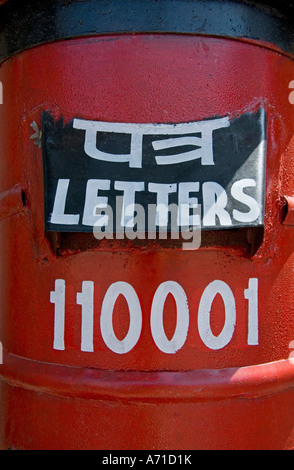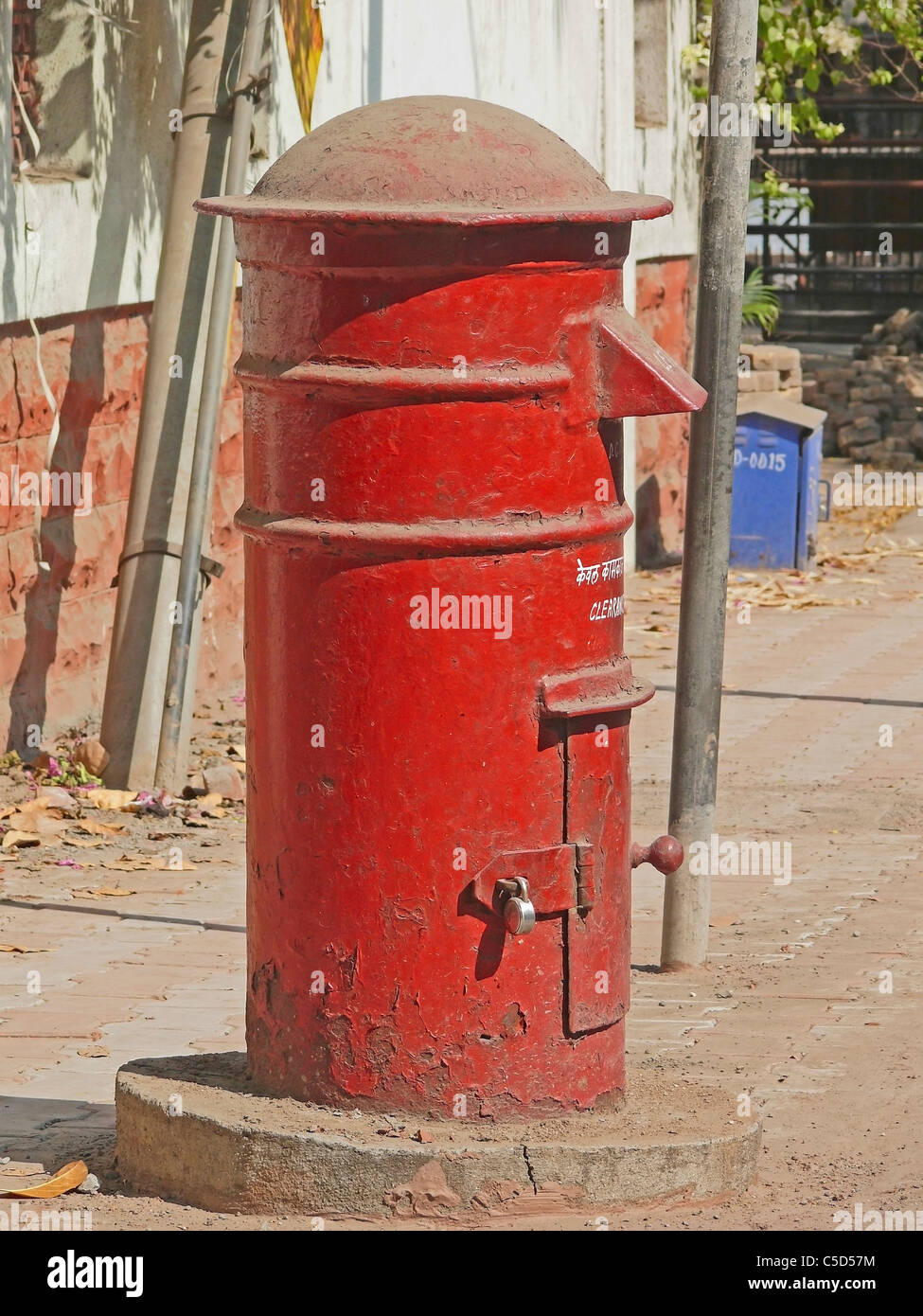


Postal-service efficiencies were also introduced. The Indian Post Office Act, 1866 (XIV) introduced reforms by to correct some of the more obvious postal-system deficiencies and abuses. The volume of mail moved by the postal system increased significantly, doubling between 18 and doubling again by 1871. In April 1959, the Indian Postal Department adopted the motto "Service before help" it revised its logo in September 2008. The structure of the organization has the directorate at its apex below it are circle offices, regional offices, the superintendent's offices, head post offices, sub-post offices and branch offices. Since India became independent in 1947, the postal service continues to function on a nationwide basis, providing a variety of services. The Posts and Telegraphs departments merged in 1914, dividing again on 1 January 1985. It is one of the Floating Wonders of India. One unique telegraph office was established and operated in the capital of Lhasa until the People's Republic of China's annexation of Tibet. Telegraphy and telephony made their appearance as part of the postal service before becoming separate departments. India Post inaugurated a floating post office in August 2011 at Dal Lake in Srinagar, Kashmir. Henri Pequet, a French pilot, carried about 15 kilograms (33 lb) of mail (approximately 6,000 letters and cards) across the Ganges from Allahabad to Naini included in the airmail was a letter to King George V of the United Kingdom. The world's first official airmail flight took place in India on 18 February 1911, a journey of 18 kilometres (11 mi) lasting 27 minutes.
The Indian Wireless Telegraphy Act, 1933. It was preceded by Act III of 1882 and Act XVI of 1896. The Indian Post Office Act, 1898, passed by the legislature on 22 March 1898, became effective on 1 July 1898 regulating postal service. 299 dated 18 October 1882 to the Secretary of State. Postal life insurance began on 1 February 1884 as a welfare measure for the employees of the Posts & Telegraphs Department as Government of India dispatch No. In Madras Presidency, it was limited in the Bengal Presidency, no POSBs were established in Calcutta or Howrah. On 1 April 1882, Post Office Savings Banks opened throughout India (except in the Bombay Presidency). The Government Savings Bank Act, 1873 (5 of 1873), passed by the legislature 28 January 1873, was enacted in 1881. History Ī number of acts were enacted during the British Raj to expand and regulate posts and telegraphs service: One of the highest post offices in the world is in Hikkim, At 4,400m above sea level in northern India’s remote Spiti Valley, the Hikkim post office is a vital connection to the outside world. In addition to the 23 circles, there is a base circle to provide postal services to the Armed Forces of India headed by a Director General. These divisions are further divided into subdivisions. Each circle is divided into regions, headed by a Postmaster General and comprising field units known as Divisions. The country has been divided into 23 postal circles, each circle headed by a Chief Postmaster General. With 154,965 post offices (as on March 2017), India Post is the widest postal network in the world. The DoP also acts as an agent for the Indian government in discharging other services for citizens such as old age pension payments and Mahatma Gandhi National Rural Employment Guarantee Scheme (MGNREGS) wage disbursement. It is involved in delivering mail (post), remitting money by money orders, accepting deposits under Small Savings Schemes, providing life insurance coverage under Postal Life Insurance (PLI) and Rural Postal Life Insurance (RPLI) and providing retail services like bill collection, sale of forms, etc. It created the position Director General of Post for the whole country. Dalhousie introduced uniform postage rates ( universal service) and helped to pass the India Post Office Act 1854 which significantly improved upon 1837 Post Office act which had introduced regular post offices in India. 
It was later modified into a service under the Crown in 1854 by Lord Dalhousie. It was initially established under the name "Company Mail". Warren Hastings had taken initiative under East India Company to start the Postal Service in the country in 1766.

Generally known as the Post Office, it is the most widely distributed postal system in the world. India Post is a government-operated postal system in India, part of the Department of Post under the Ministry of Communications.








 0 kommentar(er)
0 kommentar(er)
